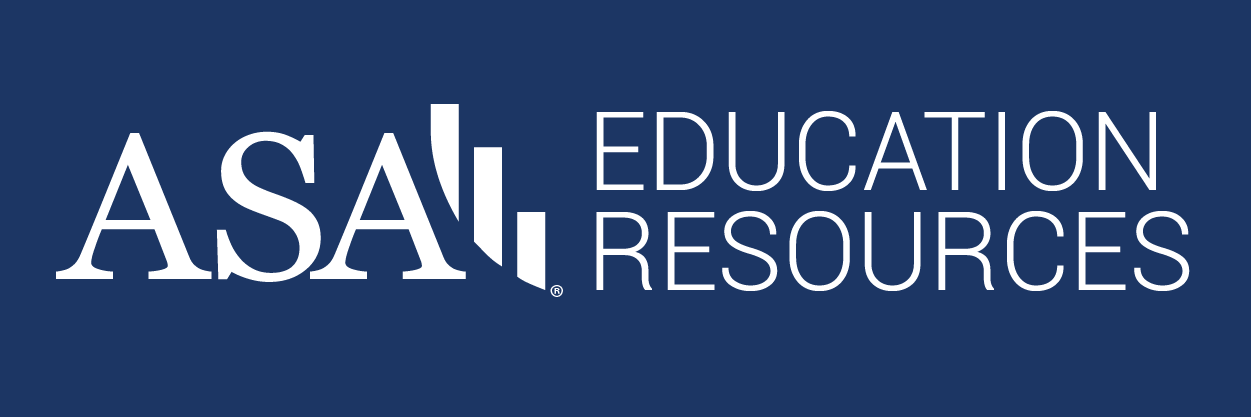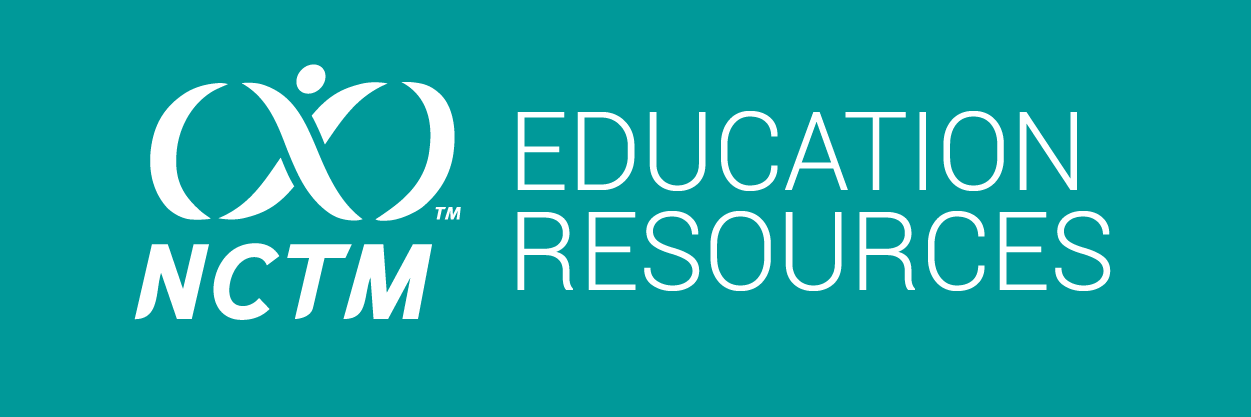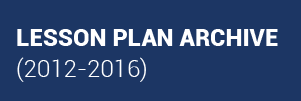Some Paradoxes: Puzzling or Poorly Presented?

Mark Milanick University of Missouri, Columbia; Isabella Wiebelt-Smith, Swarthmore College; and William Y Jin, Swarthmore College
This article explores the use of statistical paradoxes—specifically the Will Rogers Phenomenon, Simpson’s Paradox, False Positive Paradox, and the Birthday Problem—as teaching tools for middle and high school students. These paradoxes, often counterintuitive, present challenges in making statistical concepts accessible and engaging. The paper argues that the confusion surrounding these paradoxes frequently arises from incomplete or ambiguous phrasing, which can mislead students. To counter this, the authors propose strategies such as providing more complete examples, emphasizing the importance of context, and using extreme cases to enhance understanding.
Numerical examples and concrete illustrations are offered as alternatives to the conventional counterintuitive examples, which are more approachable for students and help build confidence in statistical reasoning. By encouraging students to create their own examples and analyze the data behind these paradoxes, the article aims to foster critical thinking and problem-solving skills. Furthermore, it highlights how engaging with paradoxes can motivate students to explore the broader applications of statistics, especially in real-world contexts such as health care, law, and science.
The paper concludes by suggesting that, with careful framing and clear instruction, teachers can transform these statistical puzzles from intimidating challenges to valuable learning opportunities, helping students develop both conceptual understanding and confidence in their statistical abilities.
Download a PDF of the full article.











